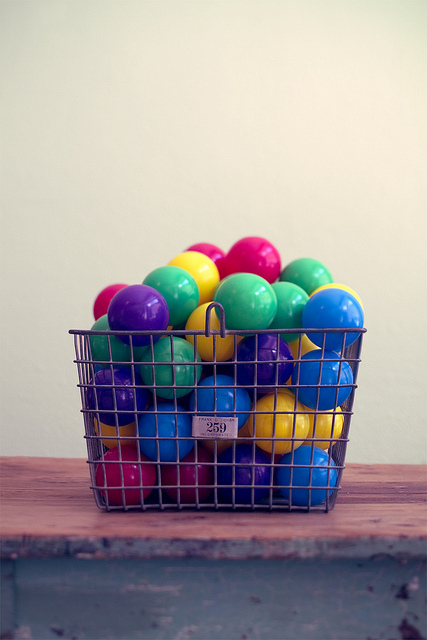You love to see your kids happy and playing, but all of those toys and games can make quite a mess in your home. Here are a few smart ways to store and organize your kids’ toys, even if they’re not great about cleaning up after playtime.
- Under-couch storage. If your children usually play in the living room, invest in some under-couch storage drawers that you can simply tuck away once playtime is over. These drawers are flat enough to store under just about any sofa, and they make cleaning up a breeze.
- Bookcases. While you might only consider bookcases for storing, well, books, they also make a great way to store your kids’ games and toys. Simply add some large storage bins in coordinating colors to create a cohesive look.
- Bath toy storage. Keep all of those rubber duckies tucked neatly away after bathtime by installing a metal storage rod next to the bathtub. Hang metal buckets or plastic bins from the coordinating hooks to keep the toys out of the tub.
- Shoe organizers. Use cheap, plastic shoe organizers to keep smaller kids’ toys neatly organized. You can even hang them in the closet just like you would when storing shoes.
Hide the mess with style: 9 creative D-I-Y toy storage solutions [Today]
Genius Toy Storage Solutions You Can Make [HGTV]
50 Clever DIY Storage Ideas to Organize Kids’ Rooms [DIY & Crafts]


 Equal Housing Opportunity
Equal Housing Opportunity